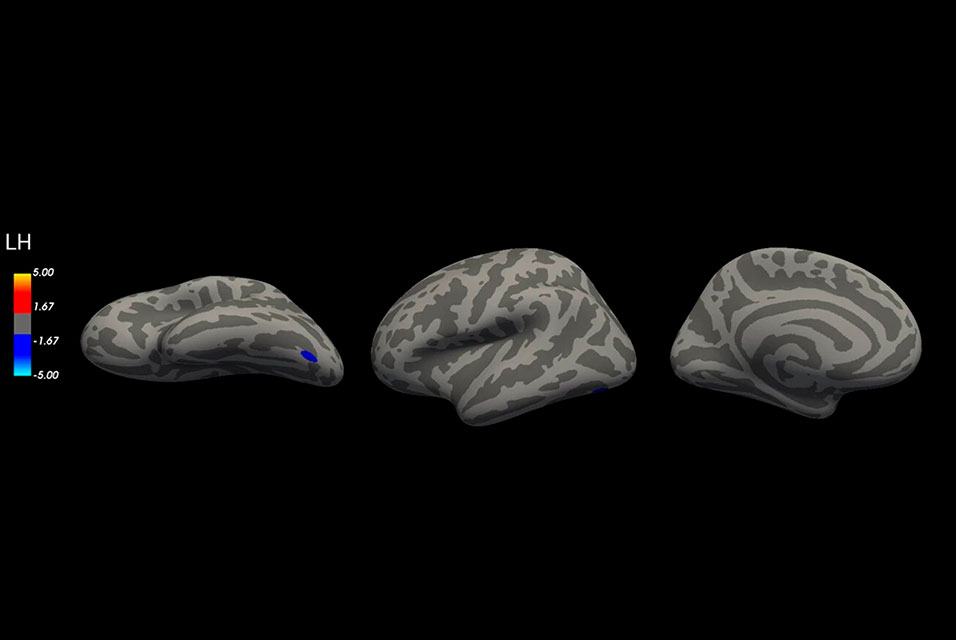BOSTON, MASS.- Psychiatric symptoms and diagnoses increase risk for premature morbidity and mortality. Now a new study has found that trauma-exposed veterans with post-traumatic stress disorder and externalizing psychiatric disorders, like substance use disorders and antisocial personality disorder, are at greater risk for early death.
"Our study found that PTSD and comorbid conditions like substance misuse, are associated with a cellular marker of early death found in DNA methylation patterns and referred to as GrimAge," explained corresponding author Erika Wolf, Ph.D., the study's senior author, who is a clinical research psychologist for the National Center for PTSD at VA Boston Healthcare System and professor of psychiatry at
BUSM.
The study included two different samples of veterans with trauma exposure and high rates of PTSD and associated psychiatric conditions. They included a group of 434 relatively younger veterans (average age early 30s) who had served in the post-9/11 conflicts and a group of 647 trauma-exposed middle-age veterans and their trauma-exposed spouses (average age early 50s). Both groups were assessed for a range of psychological conditions and underwent a blood draw to obtain genetic information and to test for levels of a variety of inflammatory and neuropathological molecules. The younger cohort also underwent cognitive testing and a brain MRI.
The researchers then used the DNA methylation data obtained in each blood sample to measure "GrimAge" using an existing algorithm that is predictive of time to death. They then correlated GrimAge with a range of psychiatric diagnoses, biological markers, cognitive tests and metrics of brain morphology.
In addition to associations between PTSD and externalizing psychiatric disorders with the DNA methylation marker of shortened time-to-death, the study found that the GrimAge DNA methylation index was associated with a number of adverse clinical outcomes, including alterations in inflammation, oxidative stress, immune, and metabolic molecules, and with metrics of neuropathology such as cortical thinning, a blood-based measure of astrocyte damage, and cognitive decline.
"Collectively our findings suggest that a number of psychiatric disorders may increase risk for early death and underscore the importance of identification of those at greatest risk," said Wolf.
According to her, the biomarkers associated with GrimAge could hold the key to identification of new biological treatments to slow or reverse the march towards premature death among those with symptoms of traumatic stress. "The ability to detect low levels of these molecules years before they may become clinically significant and hopefully be able to intervene early on in disease trajectories is critical for efforts to ultimately slow or reverse the adverse health consequences of traumatic stress."
These finding appear online in the journal Translational Psychiatry.









